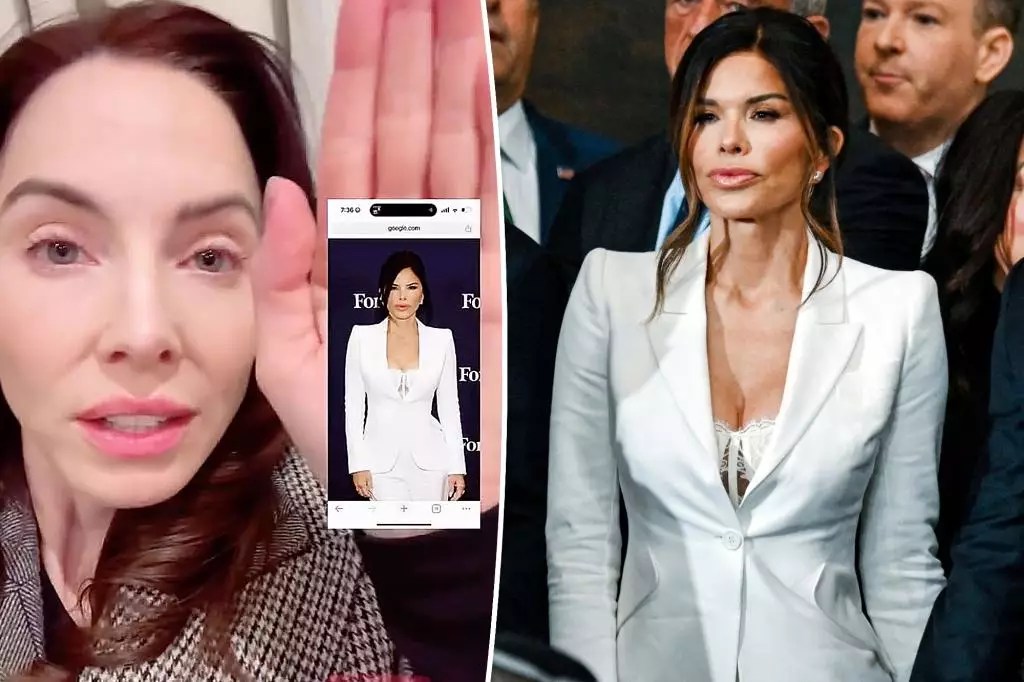The recent inauguration ceremony witnessed not just a transfer of power but a swirl of fashion critiques, with Jeff Bezos’ fiancée, Lauren Sánchez, at the center of the conversation. Her choice of a striking white Alexander McQueen pantsuit paired with a lace bra ignited a wave of reactions, particularly from comedian Whitney Cummings. This humorous commentary sheds light on the intersection of celebrity, fashion, and public perception, ultimately prompting discussions about the complexities of women’s fashion choices in the public eye.
Whitney Cummings, a comedian known for her sharp wit, took to Instagram to express a candid yet playful critique of Sánchez’s outfit. Acknowledging the polarizing nature of the look, Cummings emphasized her respect for Sánchez’s decision-making skills as a successful businesswoman. This lends an interesting nuance to public commentary about fashion; it reveals how admiration for success can coexist with light-hearted fashion critique. Cummings noted that shifts in perspective are crucial—she too has had her moments of questionable fashion choices, implying that such wardrobe missteps are universal among women.
In her analysis, Cummings humorously remarked that while the lace looked appealing in a mirror, it often doesn’t translate well into photos. This observation not only critiques Sánchez’s choice but strikes a deeper chord about the societal pressures women face regarding appearance. By likening the ensemble to reality television aesthetics—“Bachelor in Paradise” meets “Love Is Blind”—Cummings offers a comedic take on how fashion and perception can be humorously out of sync. Her quip about the high-profile deal Sánchez is involved with, juxtaposed against her sweatpants-worthy outfit, underscores an interesting juxtaposition between success and everyday fashion faux pas.
Sánchez’s outfit was indeed controversial, receiving scrutiny from various celebrities and public figures. While some commented on the gaudiness of her look, suggesting she resembled a “hooker,” others defended her sartorial choices, emphasizing individuality and personal style. This mix of responses highlights the fact that fashion does not exist in a vacuum; it is continually shaped by societal norms and personal interpretations. While some called for a more traditional or conservative style for such formal events, others celebrated Sánchez for her boldness and glamor.
This entire dialogue around Lauren Sánchez’s outfit underscores broader themes of judgment and perception that women experience in the public sphere. As Cummings noted, this would not have been her selection, but the backlash over such choices makes one wonder: are women in the limelight ever truly free to express their fashion sensibilities without appearing in the crosshairs of public opinion? While fashion is a form of self-expression, it also invites scrutiny, often unfairly so.
The waves created by Sánchez’s inauguration look not only provide entertainment but also prompt important conversations on gender, professionalism in fashion, and the intricate dance of societal expectations and individual authenticity. As we dissect these moments, we are reminded of the complexities surrounding women’s fashion, especially when it collides with high-stakes moments in the public arena.







Leave a Reply